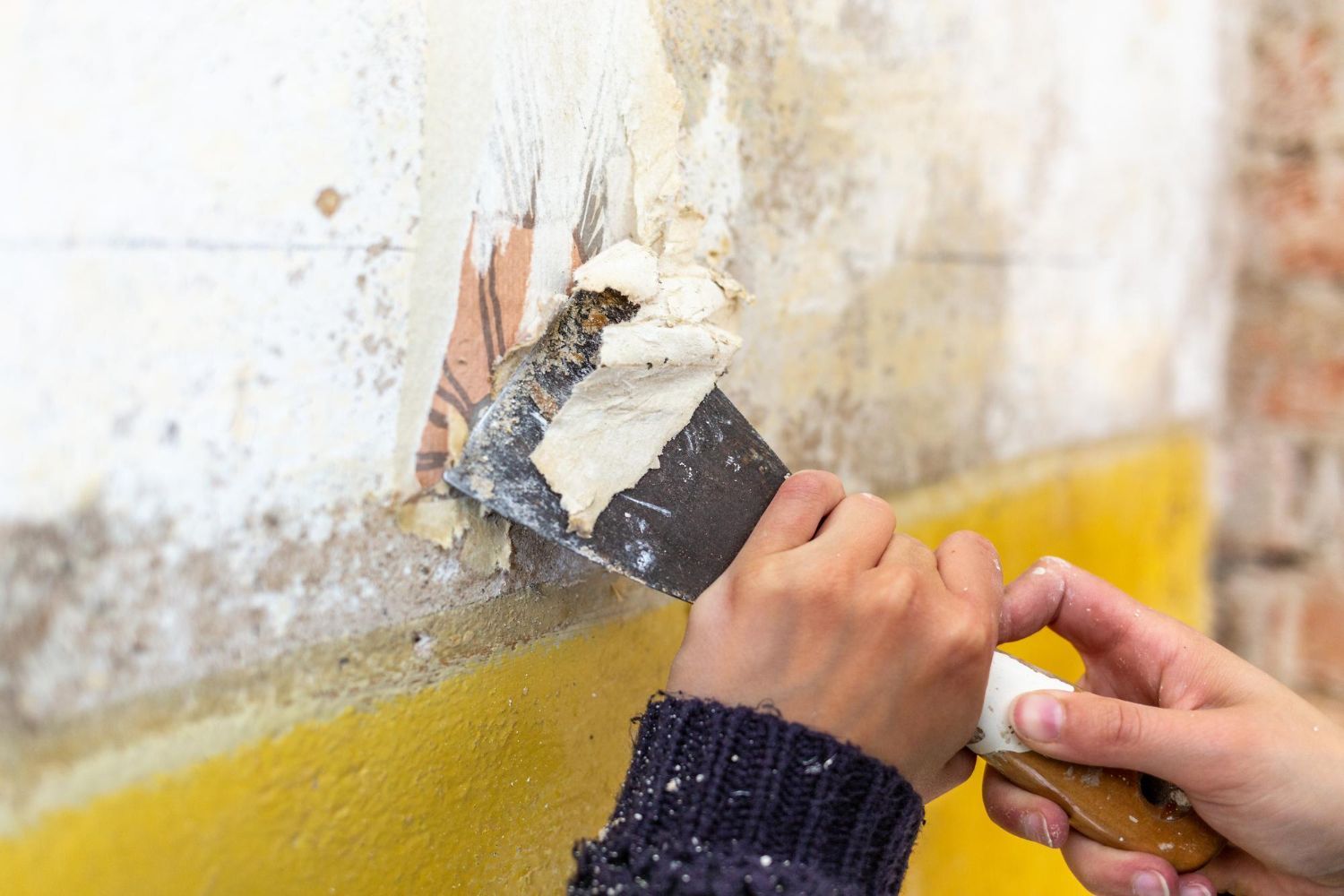Call Now!
866-970-5854
Lead Abatement
Somewhere, US5

Call Us For a FREE Estimate!
What Is Lead Abatement?
Lead abatement is a regulated process designed to eliminate lead hazards to protect the health of occupants—particularly children and pregnant women, who are most vulnerable to lead poisoning. It's more than just a quick fix or repainting—it’s a long-term solution that must be carried out by certified lead abatement professionals.
Lead Abatement Methods Include:
Paint Removal:
Completely removing lead-based paint from surfaces using safe and approved methods.
Enclosure:
Covering the lead-painted surface with a solid barrier, such as drywall or paneling
Encapsulation:
Applying a special coating to seal the lead-based paint and prevent exposure.
Component Replacement:
Removing and replacing items like windows, doors, or trim that contain lead paint
When Is Lead Abatement Required?

- If lead hazards are identified during a lead inspection or risk assessment
- As part of a renovation or demolition project in buildings built before 1978
- In federally funded housing projects or when local regulations require it
- After a child has been diagnosed with elevated blood lead levels
Even low levels of lead exposure can be harmful, especially to children under 6.
Call Us For a FREE Estimate!
Steps to Lead Abatement
1. Inspection & Risk Assessment
- A certified lead inspector or risk assessor evaluates the property to determine the presence and location of lead-based paint hazards.
- The assessment identifies which areas pose a risk and need abatement versus simple maintenance or repair.
2. Develop an Abatement Plan
- A detailed work plan is created outlining:
- Areas to be abated
- Abatement methods to be used
- Safety protocols and containment procedures
- This plan must often be submitted to and approved by local or state health/environmental departments.
3. Containment Setup
- The area is sealed off using plastic sheeting, warning signs, and barriers to prevent lead dust and debris from spreading.
- Workers wear
protective clothing and respirators
to stay safe during the process.
4. Abatement Methods
One or more of the following methods are used depending on the situation:
- Paint Removal: Physically removing lead-based paint from surfaces using chemical strippers, wet sanding, or heat guns (done under strict safety standards).
- Encapsulation: Applying a special liquid coating that seals lead paint in place.
- Enclosure: Installing a barrier, such as drywall or paneling, over lead-painted surfaces.
- Component Replacement:
Removing and replacing entire items like windows, doors, trim, or cabinets that are coated in lead paint.
5. Proper Waste Disposal
- All materials contaminated with lead (dust, paint chips, plastic sheeting, etc.) are collected and disposed of according to EPA and local hazardous waste regulations.
6. Post-Abatement Cleaning
- After abatement, the area is cleaned thoroughly using HEPA vacuums and wet-wipe methods to remove any remaining dust or particles.
7. Clearance Testing
- A third-party certified inspector conducts clearance testing to confirm that:
- Lead dust levels are below regulatory limits
- The area is safe for re-occupancy
- Only after passing this test is the area considered lead-safe.
Who Needs Lead Abatement?
- Homes, schools, and childcare centers built before 1978
- Properties where children have tested positive for lead poisoning
- Federally funded housing undergoing renovations
- Landlords and property managers complying with HUD or EPA rules

Serving Somewhere, US5 and Surrounding Areas

Somewhere
Somewhere
Somewhere
Somewhere1
Somewhere5
Somewhere
Somewhere
Somewhere
Somewhere2
Somewhere5
Call Us For a FREE Estimate!
